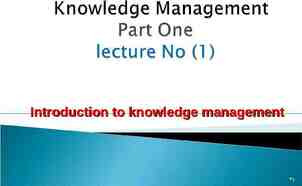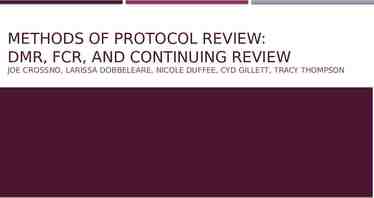The Forensic Team
22 Slides1.36 MB

The Forensic Team

The Forensic Team Includes Experts in the Following Areas: Death investigator Forensic Photographer Body Evidence: bullet wounds and residue Surrounding scene evidence: hairs, fibers, blood, DNA, fingerprints and much more Evidence Remote from the Scene: Telephone calls and documents

Fingerprints Latent fingerprints are left at most crime scenes Fine dust will adhere to the oils left behind by the print

Types of Fingerprints

Seven major fingerprint types Arch

Central Loop

Composite

Double Loop

Lateral Loop

Loop

Tented Arch

Whorl

Forensic Odontologist All teeth are unique to each person Difficult to destroy

DNA and the Crime Scene Saliva Hair Blood Any Bodily Fluids Any body tissue

What type of DNA Is it human DNA? Is it a mixture of perpetrator and victim DNA? Fingernail scrapings could contain fungal or bacterial DNA Hair could be from pets

Gel Electrophoresis A banding pattern is created in a gel All human DNA is less than 1% different It is possible that 2 different people could have the same banding pattern but different DNA Identical Twins

Problems with DNA Evidence Gels stretch and alter the results Mixed DNA samples cloud the results Possible false positive Matches Partially degraded DNA DNA samples are mixed up at the crime lab DNA collected improperly at the crime scene

Firearms Examiner Concentrates features on 4 Bullets Shell Casings Gunshot powder residue The Weapon itself

Key Questions in Gunshot Wound Deaths Wound size relation to range, direction, and type of bullet Determine range of shooting from wound Determine position of victim and source of gunfire With multiple wounds which happened first

Comparing the Lands and Grooves of 2 bullets Each weapon has its unique pattern of riffling

Gunshot residue Test Primer and powder is deposited on the hands of anyone who fires a firearm

Hair/Fiber Analysis






